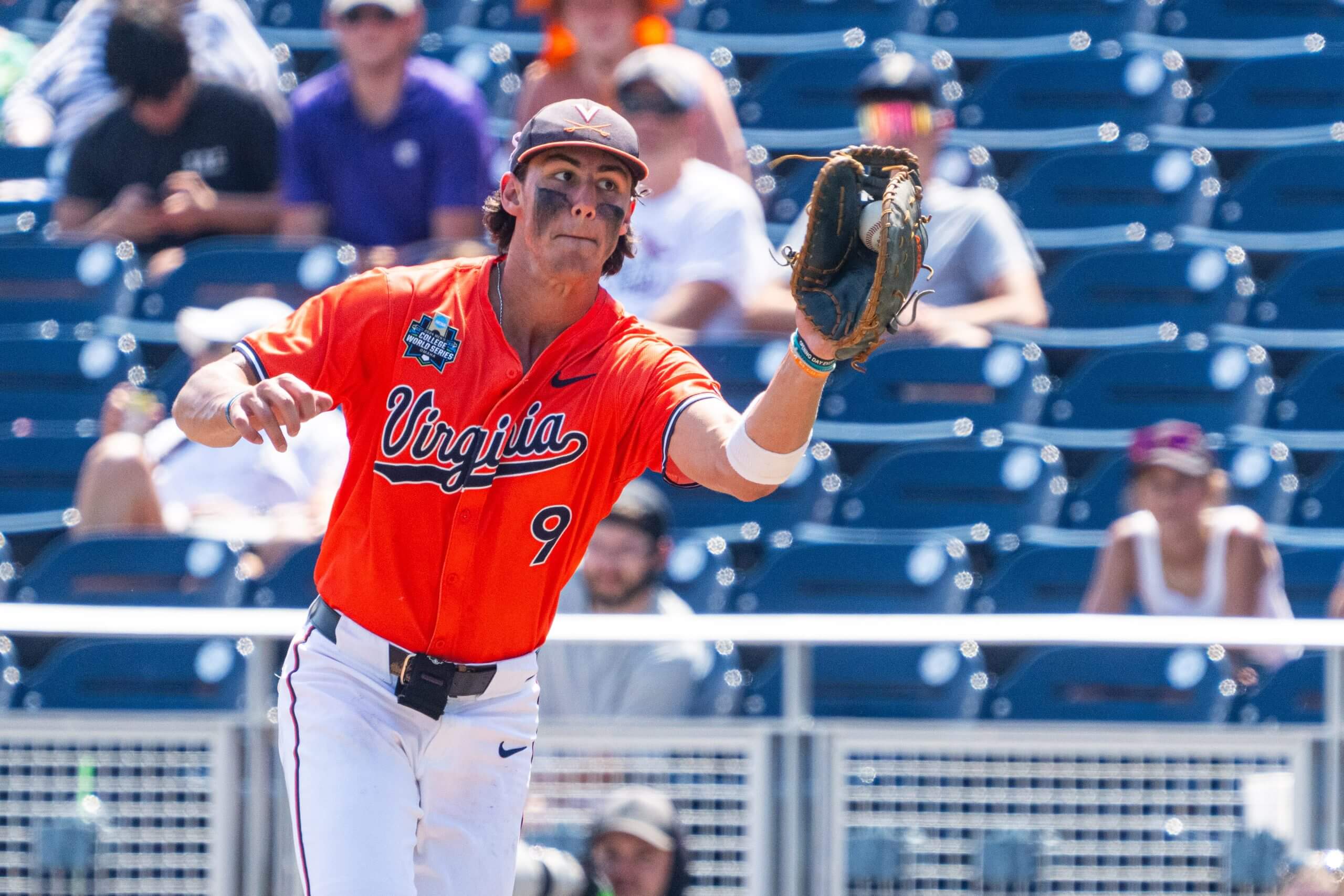
This weekend, I caught games between Alabama, Missouri, Georgia Tech and Virginia, getting a look at a couple of potential 2025 MLB Draft first-round picks, as well as some intriguing names to track for the 2026 draft. I also have notes from recent looks at two top high school prospects for this year’s class.
Advertisement
Quick a likely first-round pick, though perhaps not a top-15 selection
Alabama right-hander Riley Quick returned this spring after February 2024 Tommy John surgery wiped out his sophomore year. His velocity came back immediately, and the Tide have gradually built him up over the course of this season, with his Friday outing of 5 2/3 innings against Missouri being his longest one yet.
He’s got one of the best pure arms in the 2025 class, and seems like a lock to go in the first round, although there are enough nits to pick here that he might be a back-half of the round guy rather than top 15.
Quick was 95-99 throughout his start on Friday, mostly two-seamers with some four-seamers mixed in, although he doesn’t have huge sink on the former pitch. His most effective pitch was a changeup at 89-91 that got three strikeouts for him the first time through the order, thanks to excellent arm speed and a little late fading action on the pitch. His slider is hard and has high spin rates, but I think Missouri hitters were able to pick it up because he changes his release point so much from the fastball to the slider; he’s also mixing in a cutter now at 91-93 to try to give him another weapon in between the two.
His delivery isn’t great other than the fast arm. He’s late to get out front, comes somewhat across his body, and snaps his head at release. There’s also a huge difference in release heights across his pitches, up to 6-foot-2 on the fastball and as low as 5-6 on the slider, which may be why hitters seemed to pick up the slider.
I imagine every player development group in baseball would love to get their hands on Quick to see if they can clean up the delivery enough to get him on time and maybe a little more online to the plate. Oklahoma’s Kyson Witherspoon is clearly the top righty in the class; Quick is in the second tier, with a lot of reliever risk but some clear No. 2 upside if he gets some delivery help from a player development group.
Advertisement
Lodise struggling against SEC pitching; holes in swing could lead to third-round profile
Georgia Tech shortstop Kyle Lodise was among the Division 1 leaders in home runs at the end of March, with 12 in the Wreck’s first 27 games, but he missed some time in April with an “upper body injury” (could you be a little more specific?) and has struggled to adjust against better pitching in the ACC.
Lodise, who transferred to Georgia Tech this year from Division 2 Augusta, does have above-average power, including some power the other way, but his overall ability to hit has been exposed as the season has progressed. He drifts over his front side and as a result he doesn’t pick up off-speed stuff that well, particularly sliders from right-handers; he ended Saturday’s game with a strikeout on a slider down and away, leaving the tying run on second base.
He’s got the hands and range for shortstop but the arm is going to push him to second base. Even with the strong stat line, I’m guessing it’s a third-round profile because of the positional limits and hit tool questions.
Ford may drop past pick 30 as production has dipped
Virginia’s Henry Ford — yep — had 17 homers as a freshman last year, but has dipped to six so far this year as a draft-eligible sophomore, including the one he hit out the other way on Saturday before punching out four times in the finale.
There’s obviously untapped power in there, just given his track record and a swing that doesn’t get full benefit of the strength of his lower half — he’s got a big leg kick but starts so wide that there’s no real weight transfer forward, and sometimes he gets that front foot down later than you’d like.

Ford is an excellent defender at first and has shown good defensive traits in right as well. (Dylan Widger / USA Today)
He’s a superb defensive first baseman and has played more right field this year, with enough athleticism and arm to stick out there. He came out of 2024 with a lot of first-round buzz, but I think he’ll go somewhere in the next 30 picks after that just because the performance and data will hold him back. He could be a bargain for a team that sees the potential to rework his setup and get to that 25-homer power.
Advertisement
Godbout also experiencing a power dip
Ford’s teammate Henry Godbout has also gone backwards at the plate since last year, slugging .645 as a sophomore but just .477 so far this spring. He has exceptional contact skills, with an overall whiff rate of just 10 percent this year, and only 8 percent on pitches in the zone, but there’s no impact to all of that contact. He had three hits on Saturday but none was past the outfielders.
On the season as a whole, he’s done very little against good velocity, with all of his homers on pitches 89 mph or below and only one extra-base hit on anything over 92 — a groundball that got past the diving second baseman that Godbout hustled into a double. He’s mostly played second base this year with a little third base mixed in, profiling better at the keystone. It’s not zero power, though; he’s clearly stronger than the performance would indicate, and the batted-ball data points to the potential for average in-game power. The contact skill is a great foundation and could entice a team that believes they can take this sort of player and get him to more power, although I don’t think the path to doing so is as simple as it is for Ford.
Notes on other Virginia potential Day 2 picks
There are two other Virginia hitters who might go in the top five rounds who I got a chance to see: center fielder Aidan Teel, brother of White Sox prospect Kyle Teel, and first baseman Chris Arroyo.
The younger Teel doesn’t have any plus tools but also does a little of everything, with good contact skills, a little pop, and enough speed to at least go out in pro ball in center. Arroyo is a power-over-hit guy who has kept his strikeout rate down this year, although I think he’s too defensively limited to get into the top-three rounds.
Notes on potential Day 1 high school picks Nick Becker and Aidan West
I’ve also seen a couple of local (to me) high school kids who have a chance to go on Day 1.
Don Bosco Prep (Ramsey, NJ) shortstop Nick Becker, younger brother of Virginia shortstop Eric Becker (more on him in a bit), was one of the top hitters on the circuit last year, but he hasn’t hit as well this spring and seems like he might be trying too hard to lift and pull the ball. There’s some raw power here, he runs well, and he’s more likely to stick at shortstop than his brother is. My look wasn’t great, as he was swinging so uphill that he was going right over sliders down, and his one hit was a double to the left-center warning track that probably goes out if his swing was more like last year’s. He is committed to Virginia.
Aidan West is also a shortstop, at Long Reach High School just outside of Baltimore. He’s a plus runner with a good swing for contact without a ton of loft to it. He’s going to end up at another position, potentially third base. West is committed to North Carolina State.
A look ahead to some names to watch for the 2026 draft
I don’t generally use much of my limited mental faculties to look ahead to future drafts, but as it worked out, I saw three of the top college position players in the 2026 draft class over the weekend as well.
Advertisement
Alabama shortstop Justin Lebron is a hot name right now for the top pick in 2026. He has incredible tools for a college player — athletes like him do not typically make it to college, as MLB teams pay them out of high school. I didn’t get his best night, with an 0-for-4 with two strikeouts, but saw the easy actions and hands at shortstop and a 70 arm along with above-average running speed. I got 13 swings from him and he didn’t square anything up, going very wide with two strikes and just fighting for any kind of contact, which may not suit his particular skillset — it was all weak fouls and topped ground balls. He’s having a tremendous year at the plate, with 15 homers in 44 games, and as a true shortstop he’s going to be a high pick even if he just repeats this next spring.
Virginia shortstop Eric Becker homered in his first at-bats on Saturday and Sunday, the latter to the opposite field on a backdoor breaking ball that, to be fair, was knocked very timidly. It’s a very simple, quiet approach, with good bat speed, and he’s hit fastballs extremely well this year, with some whiff on off-speed stuff but at a manageable rate for an underclassman. He’s an average runner and moves well in the field, but his throwing was really erratic and I imagine he’s moving to second base or the outfield in pro ball.
Georgia Tech centerfielder Drew Burress is the best of this trio when it comes to performance and batted-ball data, with plus in-game and raw power along with strong contact rates, including just a 9 percent whiff rate on fastballs this spring. He’s also at least a 55 runner, probably plus when he’s underway with the 55 grade more accurate for when he’s running home to first. He hit 25 homers as a freshman, when the ball was flying everywhere across college baseball, and is at 13 after homering on Sunday through 44 games. He’s 5-9, so I’m assuming the Diamondbacks already have him at the top of their 2026 board.
(Top photo of Quick: Gary Cosby Jr. / Tuscaloosa News / USA Today Network via Imagn Images)
This news was originally published on this post .




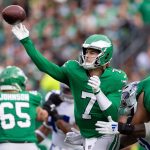
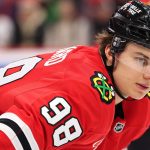
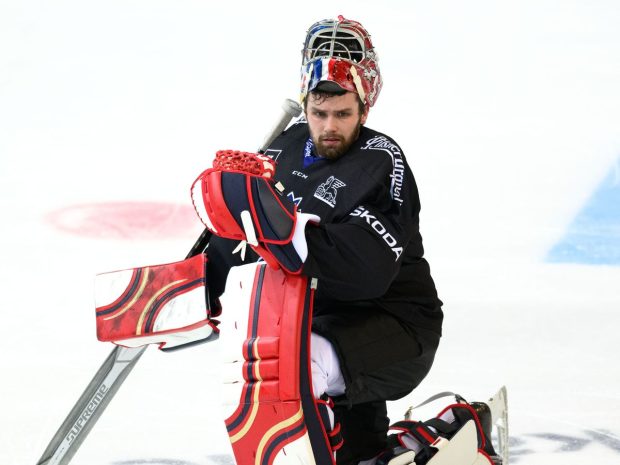
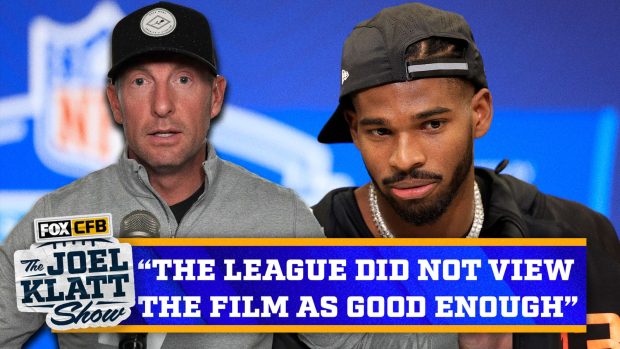


Be the first to leave a comment